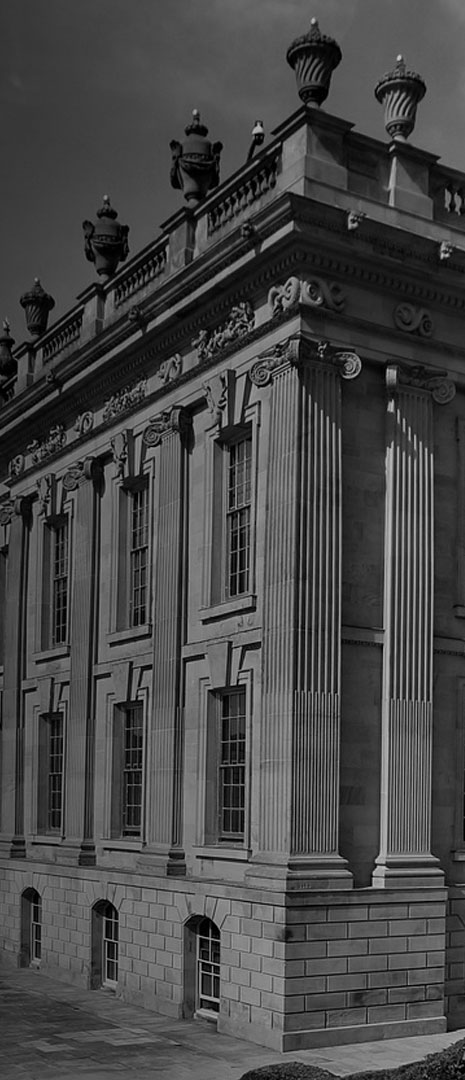
Close Protection
Providing expert and discreet security solutions to safeguard you in Manchester.
Call Back Request
Enter a valid mobile number and a member of our team will give you a call.
Close Protection Services
We provide specialised close protection services in Manchester, designed for individuals who may be at increased risk due to their profession or public profile.
Our close protection officers (CPOs) are extensively trained experts dedicated to ensuring the safety and security of our clients.
The close protection process involves identifying and managing potential risks to the client’s safety, such as physical threats, harassment, or abduction.
Close protection protocols are developed to offer effective security while prioritising the well-being of the client. These protocols are tailored to suit different circumstances, client requirements, and threat levels.
Close Protection Guidelines
- 1. Risk Assessment: A comprehensive evaluation of possible threats and vulnerabilities that could impact the client’s safety, taking into account their profile, activities, and surroundings.
- 2. Advance Planning: Creating detailed plans for the client’s movements and engagements, including route analysis, venue security reviews, and coordination with relevant parties.
- 3. Security Measures: Implementing necessary measures to mitigate identified risks, such as physical barriers, access controls, and surveillance systems.
- 4. Communication: Establishing robust communication channels among the security team, the client, and other relevant parties to ensure effective coordination and response during potential emergencies.
- 5. Close Protection Techniques: Employing a range of techniques and tactics to provide close protection, including protective formations, surveillance detection, and defensive driving.
- 6. Emergency Response: Developing and practising procedures to respond to emergencies such as medical incidents, hostile threats, or security breaches, ensuring quick and safe client evacuation.
- 7. Continuous Evaluation: Ongoing monitoring of the security environment and adjusting protocols in response to changing circumstances, new threats, or feedback from previous operations.
Ultimately, close protection protocols are designed to create a structured, proactive approach to security, enabling operatives to effectively manage risks and provide the highest level of protection.
Key Roles and Responsibilities
- Team Leader (TL) is responsible for overseeing and coordinating the activities of the team to ensure the successful completion of projects or tasks. learn more
- Second-in-Command (2IC) acts as a primary assistant to the leader or manager, playing a crucial role in supporting organisational activities. learn more
- Personal Protection Officer (PPO), often referred to as a bodyguard or close protection operative, is a highly trained professional responsible for protecting high-profile individuals or those at risk. learn more
- Personal Escort Section (PES) offers specialised close protection and escort services for high-profile individuals, dignitaries, or VIPs, ensuring their safe transportation and security in various environments. learn more
- Security Advance Party (SAP) conducts advance reconnaissance and prepares security arrangements for events, operations, or VIP visits. learn more
- Residential Security Team (RST) is a specialised unit focused on protecting individuals, families, or properties in residential settings. learn more
- Quick Response Force (QRF) is a specialised unit designed to rapidly respond to emergencies, threats, or incidents as they arise. learn more
- Security Drive (SD) involves mobile patrols and surveillance to safeguard a specific area or route. learn more
- Close Protection Medic (CPM) is an expert in both close protection and emergency medical care, providing immediate assistance in high-risk situations. learn more
- Individual Bodyguard (BG) provides personalised protection to a specific person, commonly known as a principal, client, or VIP (Very Important Person). learn more

FAQs
- Q. What is close protection?
- Answer: Close protection, often referred to as personal protection or bodyguard services, is focused on safeguarding individuals who may face risks due to their visibility, profession, financial status, or other reasons. This service is commonly sought by high-profile individuals such as celebrities, politicians, and business leaders. The primary objective is to secure their safety by evaluating potential threats, planning secure travel routes, and shielding them from possible dangers.
- Q. Who typically requires close protection services?
- Answer: Close protection services are generally needed by those who encounter increased risks because of their position or actions. This group often includes politicians, celebrities, high-net-worth individuals, corporate executives, and sometimes private citizens involved in legal matters or other delicate situations. These services are also frequently utilised by foreign dignitaries traveling to potentially hostile regions.
- Q. What are the key responsibilities of a close protection officer (CPO)?
- Answer: A close protection officer’s primary duties involve evaluating potential risks, developing and implementing security plans, accompanying the client during travel, observing the surroundings for suspicious activities, and coordinating with local authorities as needed. The CPO must also be ready to respond quickly and decisively to any immediate threats to the client’s safety.
- Q. What qualifications are required to become a close protection officer in the UK?
- Answer: In the UK, aspiring close protection officers must hold a Security Industry Authority (SIA) licence. To qualify, candidates must complete an accredited close protection training course, which includes modules on risk assessment, surveillance awareness, conflict management, and emergency response. They must also pass background checks and meet specific requirements, such as being at least 18 years old.
- Q. How do close protection teams coordinate during an assignment?
- Answer: Close protection teams operate through meticulous planning and continuous communication. They implement various strategies, such as deploying advance teams to secure locations ahead of the client’s arrival, maintaining consistent radio contact, and holding briefings to keep all team members informed about the client’s itinerary and potential threats. Secure communication channels are utilised, and teams may collaborate with local law enforcement to strengthen security protocols.
Grant Daniel
Top class firm, respectful, and professional top class.Social





